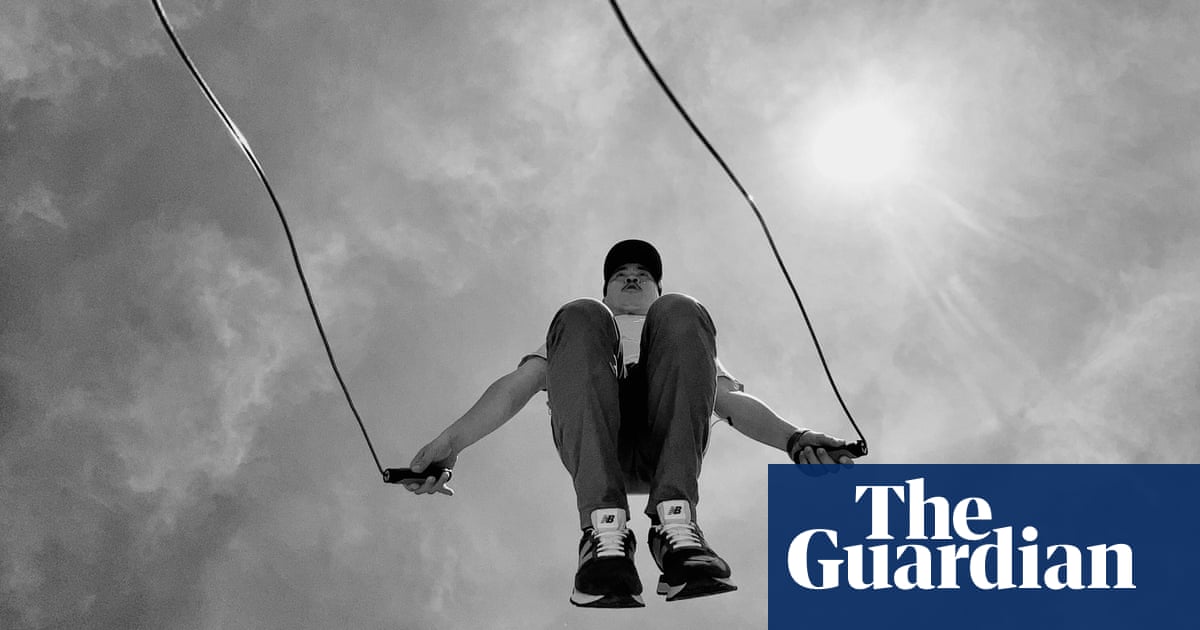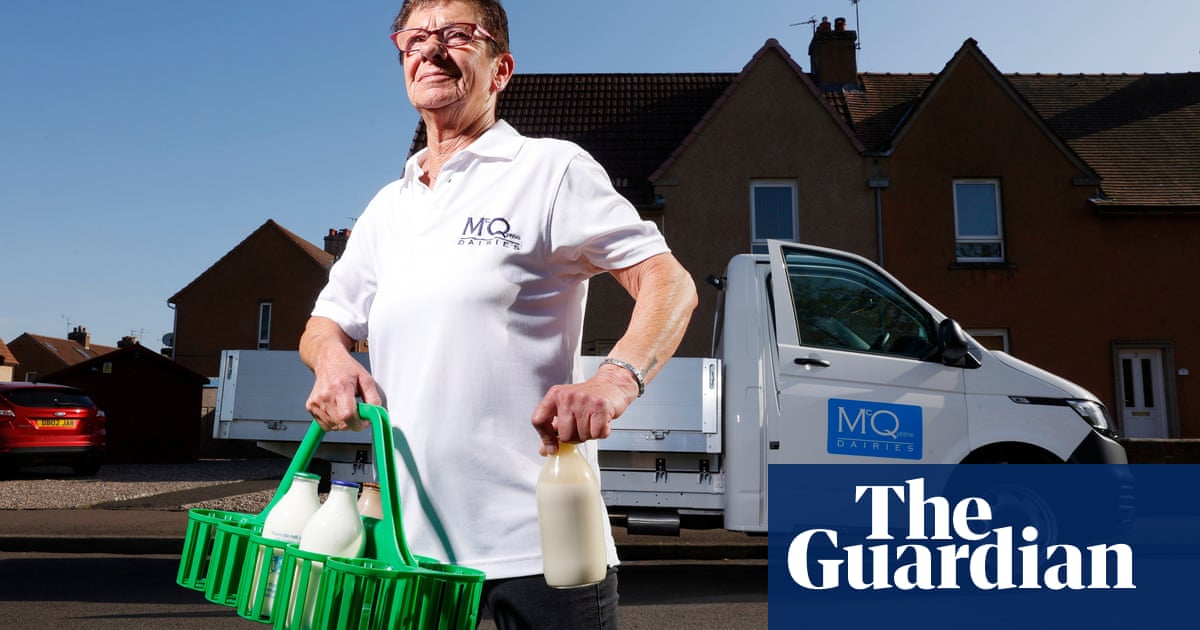
remember seeing the advert online. I was in that post-university period of uncertainty: I’d graduated with a degree in human geography with no idea what I wanted to do next. I wasn’t one of those people with a burning passion for something, but I did like tea and I wanted to become an expert in something. So I thought, why not?
The interview process for the role of professional tea taster was intense. There was a maths test as well as a tea testing, and I had to give a presentation on a beverage of my choice. You have to have quite a rounded set of skills. But I got the job.
It takes seven years to train as a fully-fledged tea buyer and blender. During training, we had a blind tasting once a week involving six teas from different areas. The aim is to figure out the origin of each tea, down to a specific region; for example, whether a tea is from the east or the west of the Great Rift Valley in Kenya. Once you get to a certain level, you are even able to distinguish teas from particular gardens. I thought I would never reach that level of accuracy – in the first few weeks, I did so badly. But it’s amazing how much you can improve. I ended up becoming a bit of a tea nerd.
On a regular day, we’ll taste anywhere from 50 to 300 teas. We have constant deliveries arriving at the warehouse, of containers filled with about 24,000kg of tea – many different batches, which we then have to taste. There are a lot of things that can go wrong in the tea world. The taste fluctuates hugely depending on where it’s grown, and the supply can be impacted by many things, such as weather or the political situation in a tea-growing country. We taste and re-taste each tea to make sure it’s hitting the correct standard and that the blend remains uniform.
One nerve-racking thing about those first couple of weeks on the job was, ironically, the etiquette of our tea breaks. Everyone drinks tea on their breaks – but I worried people would think I wasn’t serious if I revealed I put sugar in mine. I grew up in Singapore, where I drank a lot of bubble tea, so was used to that sweet taste. For weeks, I left out the sugar, until one day I saw my colleague adding it and realised it was OK.
Setting up a counter – a testing station – is very specific and technical, and we have a specialist team to help us. When tasting black tea, every tea has to weigh six grams and be brewed for six minutes, with uniform quantities of water and milk added. We taste at double the usual consumer strength so that the flavour is intensified, slurping it from a spoon, and then spitting it out into a spittoon.
It can also be a messy process, with three people all tasting very quickly, and everyone’s hands getting in the way while they are trying to spit and slurp. Early on in my training, I felt mortified after spitting on one of the senior tasters’ hands, but I later realised it happens all the time.
In my first year, I had to get to grips with a new language. We grade every product we test in four categories: zing, sparkle, colour and body. Now, if someone asks me for a “4FY44”, for example, I can visualise exactly what tea they’re after: level four zing, yellow-looking, bright and full-bodied. In the morning, we focus on tasting existing blends but in the afternoon we create new ones: I worked on a rose, hibiscus and rosehip herbal tea that came out recently.
Tasting so many teas throughout the day doesn’t put me off drinking it because we always spit it out. I still drink a lot in my downtime: my flatmates and I probably get through about 140 teabags a week. When I get home, I have three teas: a regular brew when I get in, then after dinner I’ll have a mint tea, and a camomile before bed.
I’ve tried hard not to become a tea snob but I must admit I have developed a taste for very specific, and often premium, varieties. Still, this doesn’t get in the way when I’m having a cuppa at a friend’s house. My only request? Give it plenty of time to brew.
As told to Elizabeth McCafferty.
Do you have an experience to share? Email experience@theguardian.com.












